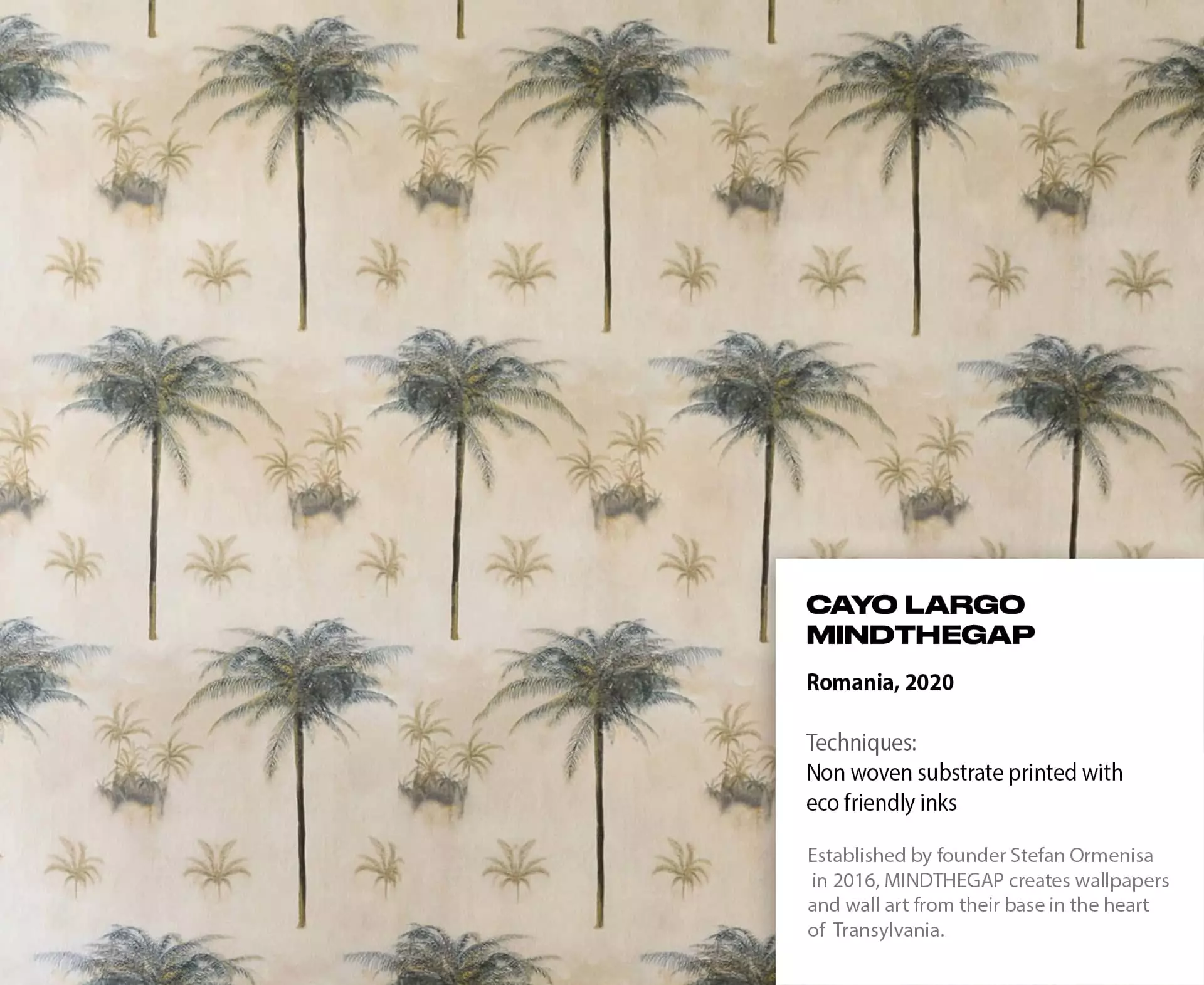
Wallpaper is experiencing a resurgence in home design, and it's easy to see why. Not only can it transform any room, regardless of budget, but there is also a wide array of colors, patterns, and textures to suit every taste. Whether you choose to cover all the walls or create a striking feature wall, wallpaper offers endless possibilities.
But did you know that wallpaper has a rich history that spans centuries? Its origins can be traced back to ancient times when the Chinese adorned their walls with decorative rice paper. In Europe, merchants and ordinary people began decorating their walls with paper tapestries around 500 years ago. Wallpaper quickly became popular, providing an affordable alternative to expensive tapestries.
Let's take a closer look at 12 significant moments in European wallpaper design:
1500s
During the Renaissance period, wallpaper gained popularity in Europe with the introduction of woodblock printing techniques from China. Early wallpaper imitated the appearance of luxurious materials, and large square tiles were used instead of continuous rolls.


1600s
In France, the establishment of a Guild of Paperhangers in 1599 highlighted the widespread popularity of wallpaper. Flock wallpaper, created by embossing paper with powdered wool to resemble silk, became a hit. Sheets were also glued together to create rolls, allowing for larger, more extravagant designs.


1700s
Wallpaper gained popularity in America during the 1700s. Wealthy colonists imported European wallpaper, sparking its mass production in the early 1800s. In Britain, the government imposed taxes on the wallpaper industry, driving makers to target the high-end market. Chinese wallpaper, featuring hand-painted scenes, became a luxurious choice.


1800s
The advent of the industrial revolution brought about the first wallpaper printing machines. Rolls of wallpaper were now printed, making it more affordable and accessible to a wider audience. Noteworthy designers like William Morris infused beauty into regular homes with nature-inspired patterns. Design reformers like A. W. N. Pugin emphasized that wallpaper should be ornamental rather than imitative.


1900s
With the dawn of the 20th century, inspiration abounded thanks to mass media and artistic movements like cubism and jazz age design. Wallpaper flooded the market in various styles, especially at more affordable price points. Advances in durability and colorfastness made wallpaper even more appealing.


2000s
In recent decades, wallpaper has enjoyed yet another surge in popularity as designers and homeowners seek personalization and modernization. Fine artists and fashion icons have also turned their attention to wallpaper, resulting in innovative new designs, peel-and-stick options, and even the ability to create custom wallpapers.


So, what's next for wallpaper? Geometric patterns and tapestry designs are capturing people's attention. The introduction of new collections, such as Cole & Son's Seville collection, has brought tapestry design to the forefront. Even chintz is making a comeback with a contemporary jungle aesthetic.

The possibilities are endless for wallpaper design. As the trend continues to evolve, we can expect to see a wide range of captivating designs. However, one of the biggest trends going into the future is the resurgence of tropical print wallpapers, allowing us to create our own island paradise right in our living rooms.
Conclusion
Wallpaper has come a long way in its 500-year history. From imitating luxurious materials to innovative modern designs, it has remained a timeless choice for homeowners. Whether you prefer classic patterns or bold contemporary designs, there is a wallpaper to suit every style and taste. Embrace the beauty and versatility of wallpaper and transform your space into a work of art.

















